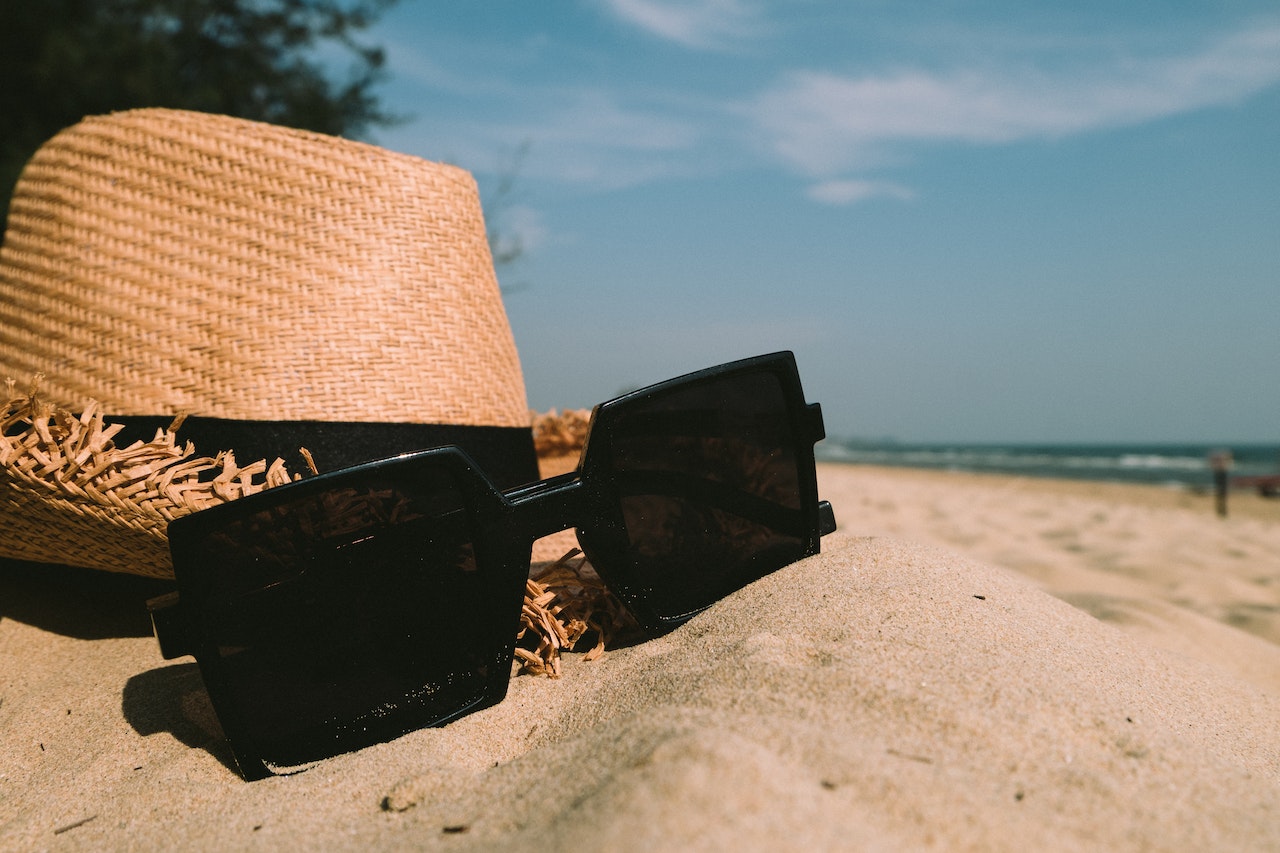I live in Tagaytay, which is located in the higher part of South Luzon. This place is known for its chilling and calming weather and lifestyle, but I don’t know how to describe it! It’s scorching hot here! In my head, if Tagaytay is hot, what more Manila?
We were at the ER when all of a sudden, there was a patient who apparently experienced a heat stroke. According to the doctors, it is during this time that these cases are more common because not everyone can endure the heat. So before you travel this summer, consider these tips to help protect you and your family from heatstroke.
What is Heatstroke, and Why Does It Happen?

Photo: Porapak Apichodilok, Pexels
As defined by MayoClinic.com:
“Heatstroke is a condition caused by your body overheating, usually as a result of prolonged exposure to or physical exertion in high temperatures. This most serious form of heat injury, heatstroke, can occur if your body temperature rises to 104 F (40 C) or higher. The condition is most common in the summer months.
Heatstroke requires emergency treatment. Untreated heatstroke can quickly damage your brain, heart, kidneys and muscles. The damage worsens the longer treatment is delayed, increasing your risk of serious complications or death.”
However, the good news is that heat stroke can be prevented with a few simple steps. In this article, we’ll discuss seven things you can do to prevent heat stroke, categorized into two sections: for animals and for humans.
ALSO READ: Traveling Soon? Here’s How Much SPF You Actually Need, According to Experts
Heat Stroke Symptoms
Recognizing the signs of heat stroke in humans and animals is crucial in preventing a serious medical emergency. Here are some of them, according to the Mayoclinic.org.
- High body temperature: One of the most noticeable signs of heat stroke is a high body temperature, usually over 104 degrees Fahrenheit.
- Rapid pulse: As the body tries to cool down, the heart rate may increase to pump more blood to the skin’s surface, leading to a rapid pulse.
- Headache: Headaches, dizziness, and confusion can also occur due to the heat.
- Nausea and vomiting: Heat stroke can cause nausea, vomiting, and diarrhea.
- Muscle cramps: Muscles may also cramp due to dehydration and electrolyte imbalance.
- Altered mental state: Heat stroke could cause confusion, agitation, slurred speech, seizures, or even a loss of consciousness.
Things to Do to Prevent Heat Stroke In Humans
- Stay hydrated: When you’re exposed to high temperatures, it’s easy to become dehydrated. Drink plenty of water to keep your body hydrated even if you don’t feel thirsty. As explained by the Emergency Physician, if 8-10 glasses are the basic requirement, depending on your work or activity and medical condition, it must be increased to 10-12 glasses or 3-4 liters of water. Not everyone can intake water like this, so it is best to visit your doctor. Avoid caffeinated drinks if you can.
- Wear lightweight and breathable clothing: Opt for loose-fitting, lightweight, and breathable clothing to keep cool during hot weather. This is the right time for you to wear shorts, basketball jerseys, light-colored shirts, or anything that will lessen the heat in your body.
- Stay indoors during the hottest parts of the day: If you can stay indoors during the hottest parts of the day, usually between 11 am and 4 pm, that could help save you from having a heat stroke. If you must go outside, seek shade and wear protective clothing like hats and sunglasses. Bring water tumblers with you. If you cannot wear shorts or tank tops, bring your proper attire to wherever you need to be and change there.
- Take frequent breaks: If you’re engaging in physical activity or working outside, take frequent breaks in a cool, shaded area to prevent overheating.
- Use sunscreen: Protect your skin from the sun’s harmful UV rays by applying sunscreen with an SPF of at least 30 before going outside.
- Keep your home cool: Use fans or air conditioning to keep your home cool during hot weather. Try not to get mad or stressed over simple things, as it will elevate your blood pressure or sugar levels. Try breathing exercises as well.
- Check on elderly and vulnerable individuals: Although heatstroke can happen to anybody, don’t forget to check up on the elderly and vulnerable persons in your family. Ensure that they are hydrated and well-dressed. Assist them when you can.
Remember, prevention is key when it comes to heat stroke. Ensure you take the necessary precautions to stay cool and hydrated during hot weather. By following the tips mentioned in this article, you can enjoy the summer sun without risking heat stroke.
So, keep cool, hydrate aggressively, and enjoy the sunshine responsibly! And if all else fails, you can always stay indoors with some ice cream, a good book, or Netflix. Stay safe, and have a great summer!




